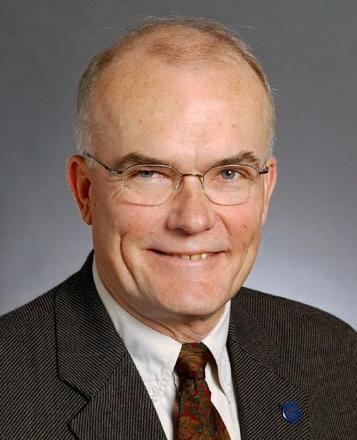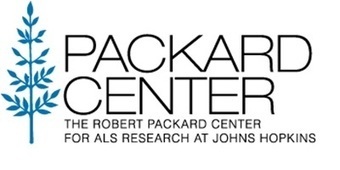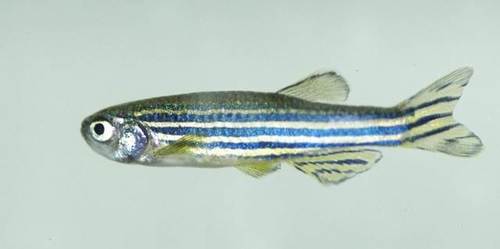Via Scoop.it – ALS Lou Gehrig’s Disease

Via www.startribune.com
Archive for March, 2012
4 Mar
Minnesota state Sen. Gary Kubly dies of ALS
3 Mar
New documentary chronicles life of Bay Area musician with Lou Gehrig’s disease
Via Scoop.it – ALS Lou Gehrig’s Disease
A Richmond man who has defied the odds in music and medicine is the star of a new documentary premiering in San Jose.Jason Becker was on his way to becoming a rock star. But that didn’t happen. At age 20, Jason was diagnosed with ALS, also known as Lou Gehrig’s disease. He slowly lost the ability to control his body. Doctors gave him just three to five years to live. When ABC7 first met him in 1996, he had already proved the doctors wrong. Now he is 42 years old.And almost more incredible, during all those years, even though Jason can’t move or speak, he has continued composing spectacular music. His music has fans all over the world, from heavy metal guitar lovers to ballet companies.ABC7 talked director Jesse Vile about his film “Jason Becker: Not Dead Yet” and why he wanted to make a movie about Jason. “His story isn’t just the story of a rock star or a kid trying to realize his dreams, it’s really the story of family and love and triumph over adversity; those are all themes that are universal,” Vile said.
Via abclocal.go.com
3 Mar
Zebrafish study provides innovative ideas for new treatment strategies
Via Scoop.it – ALS Lou Gehrig’s Disease
A study on zebrafish has increased our understanding of how motor neurones work and has provided potential clues for the development of future treatments for MND. The study, led by Dr Catherina Becker from University of Edinburgh, showed that a unique motor neurone repair system found in zebrafish can be enhanced if a particular signal called Notch1 is stopped. The results were published in the 29 February edition of Journal of Neuroscience. Unlike us, zebrafish have the ability to regenerate motor neurones when they’re damaged. This means that zebrafish can provide scientists with an excellent tool to find out about motor neurone repair. A better understanding how zebrafish achieve neurone regeneration could provide clues to develop new treatment strategies for MND. From their studies, Dr Becker and colleagues found that a chemical signaling pathway called Notch1 is increased when the neurones are damaged in zebrafish. By over activating the Notch1 signal, they found that new motor neurones would not grow well, and would not grow in the same prolific numbers as normal. This means that an over active Notch1 signal can stop the regeneration of motor neurones that occurs in zebrafish.
Via mndresearch.wordpress.com
2 Mar
C9ORF72 Comes Into Focus
Via Scoop.it – ALS Lou Gehrig’s Disease

Via blogs.als.net
2 Mar
A Passion For The Rainforest Leads Botanist To Fight Human Diseases
Via Scoop.it – ALS Lou Gehrig’s Disease
A prominent botanist with a passion for preserving the rainforest and exploring medicines in native cultures is helping to make inroads into one of the most difficult problems in medical research: understanding and treating the neurological diseases Alzheimers, Parkinsons and amyotrophic lateral sclerosis, or ALS, better known as Lou Gehrig’s disease. The botanist is Paul Allan Cox, whose studies of plants and human diets on Guam a decade ago have led to one of the most promising approaches to understanding the diseases, which afflict millions worldwide. In 2003, Cox showed that a natural neurotoxin called BMAA becomes concentrated in the diets of certain Guananian villagers, who then develop some of the world’s highest rates of ALS. Since then, he and researchers around the world have found elevated levels of BMAA in the brains of Alzheimer’s and ALS patients in North America. They have identified a universal source of BMAA in blue-green algae called cyanobacteria that are found nearly everywhere. Now, they have taken early steps to explore the detailed biophysical role that BMAA may be playing in causing the failure of human motor neurons. Ever one to explore native cultures, Cox has even found an unusually healthy village on the Japanese island of Okinawa where exceptionally long-lived residents might offer clues to something neurologically protective in the diet. Cox discussed his findings at Livermore’s Bankhead Theater last week as part of the Rae Dorough Speaker’s Series.
Via www.independentnews.com
2 Mar
Actress, Gina Bellman, shares her experience of MND
Via Scoop.it – ALS Lou Gehrig’s Disease

Via sarahezekiel.blogspot.com
2 Mar
Beastie Boys Auction to fight ALS/Lou Gehrig’s disease
Via Scoop.it – ALS Lou Gehrig’s Disease
The first auction of signed Beastie Boy memorabilia is live- Bidding is open from March 1st to March 8th 2012.
Via us1.campaign-archive1.com
1 Mar
The ALS Association and the Packard Center Partner to Develop Animal Model Systems for Most Common Cause of Familial ALS
Via Scoop.it – ALS Lou Gehrig’s Disease

Via www.alscenter.org
1 Mar
Coming Home: The Steve Gleason Story
Via Scoop.it – ALS Lou Gehrig’s Disease

Via www.kxly.com



